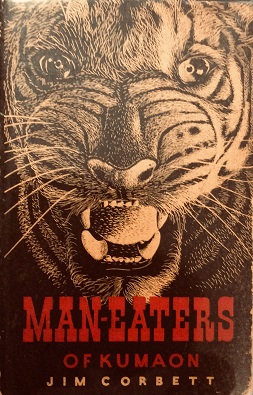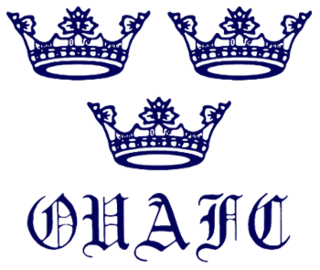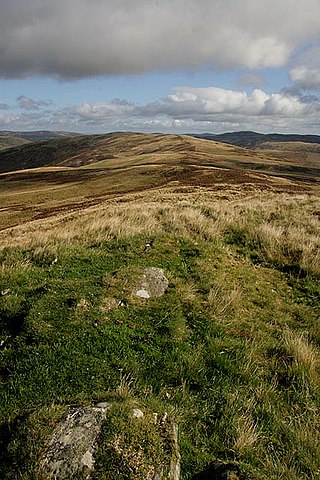
John Stuart, 3rd Earl of Bute,, styled Lord Mount Stuart between 1713 and 1723, was a British nobleman who served as the 7th Prime Minister of Great Britain from 1762 to 1763 under George III. He was arguably the last important royal favourite in British politics. He was the first prime minister from Scotland following the Acts of Union in 1707. He was also elected as the first president of the Society of Antiquaries of Scotland when it was founded in 1780.

Charles Grey, 2nd Earl Grey, known as Viscount Howick between 1806 and 1807, was a British Whig politician who served as Prime Minister of the United Kingdom from 1830 to 1834. He was a scion of the noble House of Grey and the namesake of Earl Grey tea.

Ronald Balfour Corbett was a Scottish actor, broadcaster, comedian and writer. He had a long association with Ronnie Barker in the BBC television comedy sketch show The Two Ronnies. He achieved prominence in David Frost's 1960s satirical comedy programme The Frost Report and subsequently starred in sitcoms such as No – That's Me Over Here!, Now Look Here, and Sorry!.

Edward James Corbett was a British hunter, tracker, naturalist, and author who hunted a number of man-eating tigers and leopards in the Indian subcontinent. He held the rank of colonel in the British Indian Army and was frequently called upon by the Government of the United Provinces of Agra and Oudh, now the Indian states of Uttar Pradesh and Uttarakhand, to kill man-eating tigers and leopards that were preying on people in the nearby villages of the Kumaon-Garhwal Regions.
Sir Julian Stafford Corbett was a prominent British naval historian and geostrategist of the late 19th and early 20th centuries, whose works helped shape the Royal Navy's reforms of that era. One of his most famous works is Some Principles of Maritime Strategy, which remains a classic among students of naval warfare. Corbett was a good friend and ally of naval reformer Admiral John "Jacky" Fisher, the First Sea Lord. He was chosen to write the official history of British Naval operations during World War I.

Scottish national identity is a term referring to the sense of national identity, as embodied in the shared and characteristic culture, languages and traditions, of the Scottish people.

Mary Stuart, Countess of Bute, 1st Baroness Mount Stuart was the wife of British nobleman John Stuart, 3rd Earl of Bute, who served as Prime Minister from 1762 to 1763.

Man-Eaters of Kumaon is a 1944 book written by hunter-naturalist Jim Corbett. It details the experiences that Corbett had in the Kumaon region of India from the 1900s to the 1930s, while hunting man-eating Bengal tigers and Indian leopards. One tiger, for example, was responsible for over 400 human deaths. Man-Eaters of Kumaon is the best known of Corbett's books, and contains 10 stories of tracking and shooting man-eaters in the Indian Himalayas during the early years of the twentieth century. The text also contains incidental information on flora, fauna and village life. Seven of the stories were first published privately as Jungle Stories.

Oxford University Association Football Club is an English football club representing the University of Oxford. The club currently plays in the BUCS Football League, the league system of British Universities and Colleges Sport (BUCS). In 2020, the club merged with Oxford University Women's Association Football Club (OUWAFC) to create one single entity.
Edward P.J. Corbett was an American rhetorician, educator, and scholarly author. Corbett chaired the 1970 Conference on College Composition and Communication, and was chair of the organization and a member of the National Council of Teachers of English Executive Committee in 1971. He was also chair of the Rhetoric Society of America from 1973 to 1977. From 1974 to 1979, he was editor of the journal College Composition and Communication. He is known for promoting classical rhetoric among composition scholars and teachers.
Robert Skinner was an English bishop successively of Bristol, of Oxford, and of Worcester.

Scotland in the early modern period refers, for the purposes of this article, to Scotland between the death of James IV in 1513 and the end of the Jacobite risings in the mid-eighteenth century. It roughly corresponds to the early modern period in Europe, beginning with the Renaissance and Reformation and ending with the start of the Enlightenment and Industrial Revolution.

The Milesiini is a large and diverse tribe of hoverflies. They mimic wasps or hornets.

George Neville-Grenville, named George Neville until 1825, was Dean of Windsor in the mid nineteenth century.

The geography of Scotland in the early modern era covers all aspects of the land in Scotland, including physical and human, between the sixteenth century and the beginnings of the Agricultural Revolution and industrialisation in the eighteenth century. The defining factor in the geography of Scotland is the distinction between the Highlands and Islands in the north and west and the Lowlands in the south and east. The Highlands were subdivided by the Great Glen and the Lowlands into the fertile Central Lowlands and the Southern Uplands. The Uplands and Highlands had a relatively short growing season, exacerbated by the Little Ice Age, which peaked towards the end of the seventeenth century.

Literature in early modern Scotland is literature written in Scotland or by Scottish writers between the Renaissance in the early sixteenth century and the beginnings of the Enlightenment and Industrial Revolution in mid-eighteenth century. By the beginning of this era Gaelic had been in geographical decline for three centuries and had begun to be a second class language, confined to the Highlands and Islands, but the tradition of Classic Gaelic Poetry survived. Middle Scots became the language of both the nobility and the majority population. The establishment of a printing press in 1507 made it easier to disseminate Scottish literature and was probably aimed at bolstering Scottish national identity.

Scots-language literature is literature, including poetry, prose and drama, written in the Scots language in its many forms and derivatives. Middle Scots became the dominant language of Scotland in the late Middle Ages. The first surviving major text in Scots literature is John Barbour's Brus (1375). Some ballads may date back to the thirteenth century, but were not recorded until the eighteenth century. In the early fifteenth century Scots historical works included Andrew of Wyntoun's verse Orygynale Cronykil of Scotland and Blind Harry's The Wallace. Much Middle Scots literature was produced by makars, poets with links to the royal court, which included James I, who wrote the extended poem The Kingis Quair. Writers such as William Dunbar, Robert Henryson, Walter Kennedy and Gavin Douglas have been seen as creating a golden age in Scottish poetry. In the late fifteenth century, Scots prose also began to develop as a genre. The first complete surviving work is John Ireland's The Meroure of Wyssdome (1490). There were also prose translations of French books of chivalry that survive from the 1450s. The landmark work in the reign of James IV was Gavin Douglas's version of Virgil's Aeneid.

Cicely Fisher was a British suffragist and workers' rights activist. She was one of the founders of the Liberal Women's Suffrage Group.















